How to Turn Off/On Media Streaming in Windows 11 [5 Ways]
Share videos, pictures, and a whole lot of other files with just a few clicks in Control Panel
4 min. read
Updated on
Read our disclosure page to find out how can you help Windows Report sustain the editorial team. Read more

In this guide, you’ll learn how to enable and disable the DLNA Media Streaming feature in Windows 11. We’ve broken the process into easy steps and provided options to help you get what you want.
How to turn on Media Streaming on Windows 11
1. Using Control Panel
- Press Windows + S to open the Search menu, type Control Panel in the search bar, and click the relevant result.
- Click on Network & Internet.
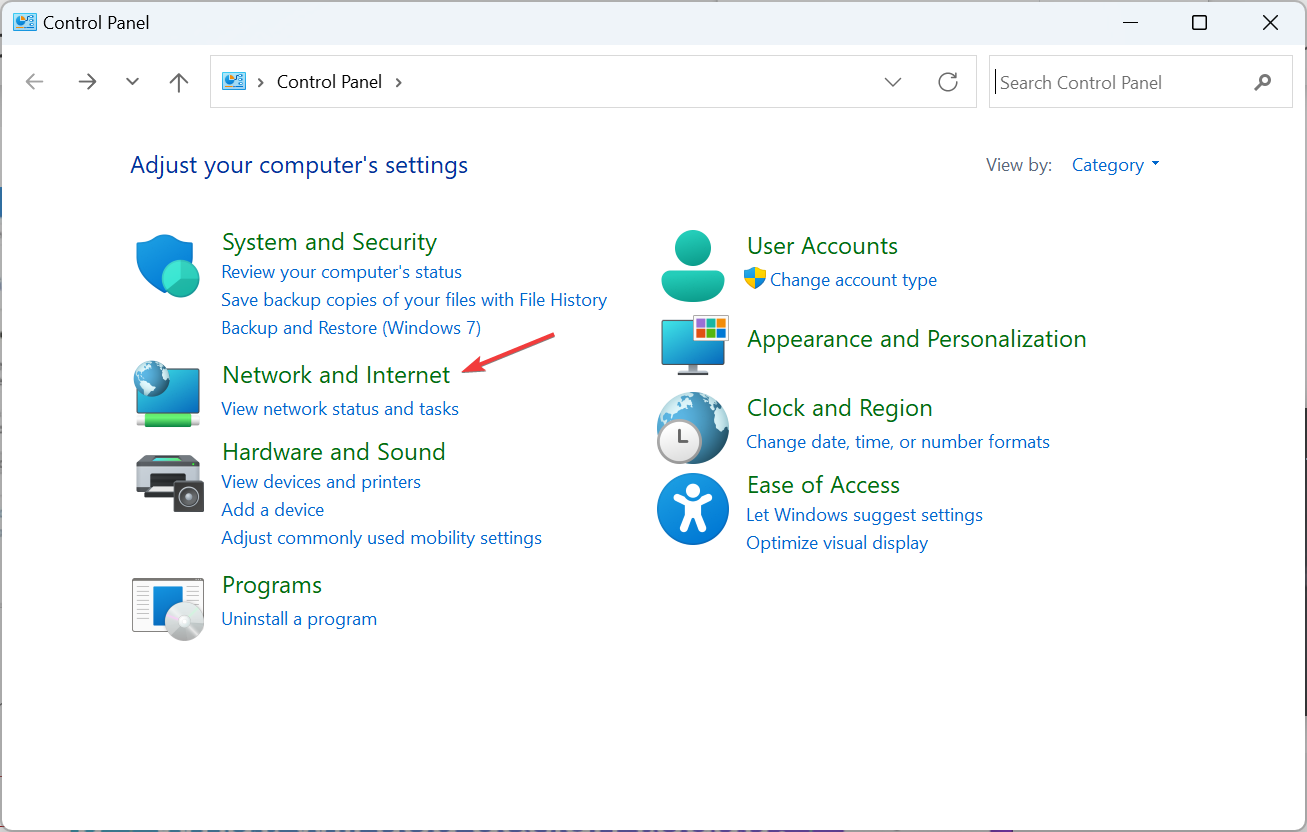
- Click Network and Sharing Center.
- Now, select Media streaming options from the navigation pane.
- Click on the Turn on media streaming button.
- After turning on media streaming in Windows 11, change the name of the DLNA media server in the text field if required.
- Click on Choose default settings, and you can configure these for both the local and public network.
- Once done, click OK to save the changes.
 NOTE
NOTE
Remember, you will also need a DLNA-compatible media player on another device, be it VLC, Roku Media Player, Xbox One Media Player, or PS4 Media Player.
2. Via Registry Editor
- Press Windows + R to open Run, type regedit in the text field, and hit Enter.
- Click Yes in the UAC prompt.
- Navigate the following path or paste it in the address bar and hit Enter:
HKEY_LOCAL_MACHINE\SOFTWARE\Policies\Microsoft\WindowsMediaPlayer - Locate the PreventMediaSharing DWORD, right-click on it, and select Modify. If you can’t find the path and/or key, create it.
- Enter 0 under Value data and click OK to save the changes.
You can always turn on Media Streaming in Windows 11 via the Registry.
The same changes can be made through the Local Group Policy Editor.
3. With a third-party app
If the built-in DLNA functionality doesn’t meet your requirements, go with a reliable third-party solution.
Problems usually arise when a codec is not supported, and you can eliminate this through a player that employs real-time transcoding.
You can try Playon, Ampache, Plex Media Server, or Jellyfin, amongst others. All these are easy to use, and their official website lists the steps to get things running.
How to turn off Media Streaming on Windows 11
1. Using Control Panel
- Open the Control Panel.
- Click on Network and Internet.
- Select Network and Sharing Center.
- Pick Media streaming options from the left pane.
- Click the Block all button.
2. Via Local Group Policy Editor
- Open Gpedit.msc.
- Select Administrative Templates under Computer Configuration.
- Choose Windows Components.
- Double-click on Windows Media Player.
- Open the Prevent Media Sharing policy on the right.
- Choose Enabled.
- Click Apply and OK to save the changes.
What are the benefits of using DLNA?
DLNA allows media streaming across devices on the network, given the streaming device is compatible with the standard. Once set up on a smart TV or another system, you can view the list of devices and select the desired input.
Besides, DLNA allows media sharing. You can transfer music, pictures, and video files from the dedicated folder in a user account to another user on the same PC, a different computer, and a DLNA-compatible device.
Troubleshooting common issues with DLNA on Windows 11
Here are a few things to try when Media Streaming is not working in Windows:
- File formats are not being recognized by the server: Make sure the file is in a supported format. If not, convert it or use a streaming service compatible with the file type.
- A pop-up window appears when trying to stream files: Make sure the personal folder you are streaming files from is added to the relevant library. You could add folders to libraries via File Explorer or the Windows Media Player.
- Default settings do not allow for file sharing: Re-enable DLNA media streaming or enable Network Discovery in Advanced sharing settings.
- Can’t turn on Windows Media Streaming: Check network settings, enable in Control Panel, ensure services are running, update Windows, restart PC, check firewall settings, and run the troubleshooter.
Summary
You now have a fair understanding of DLNA, how to enable it, and the streaming capabilities in Windows 11.
And if you are still running the previous iteration, learn how to set up a DLNA server on Windows 10. The steps are nearly identical.
If you have any questions, don’t hesitate to ask us in the comments.
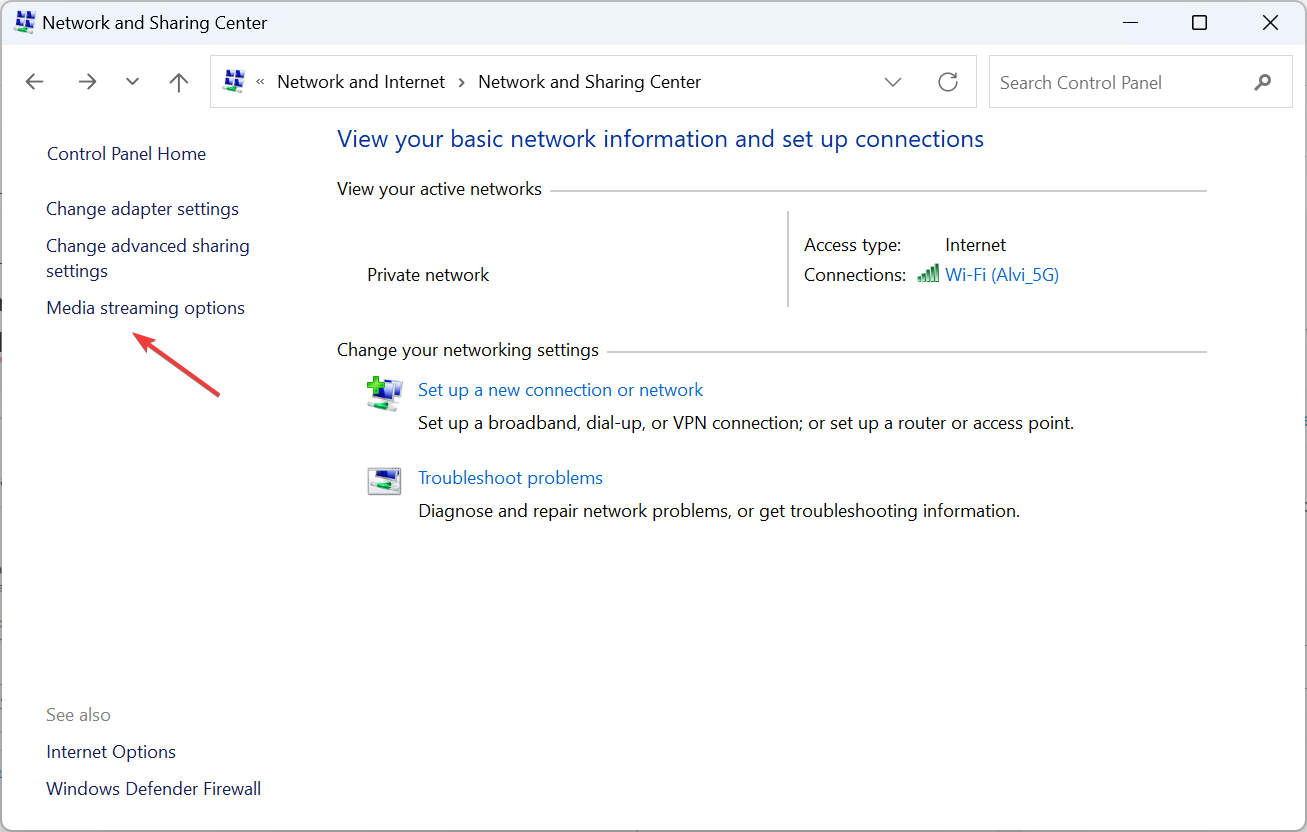
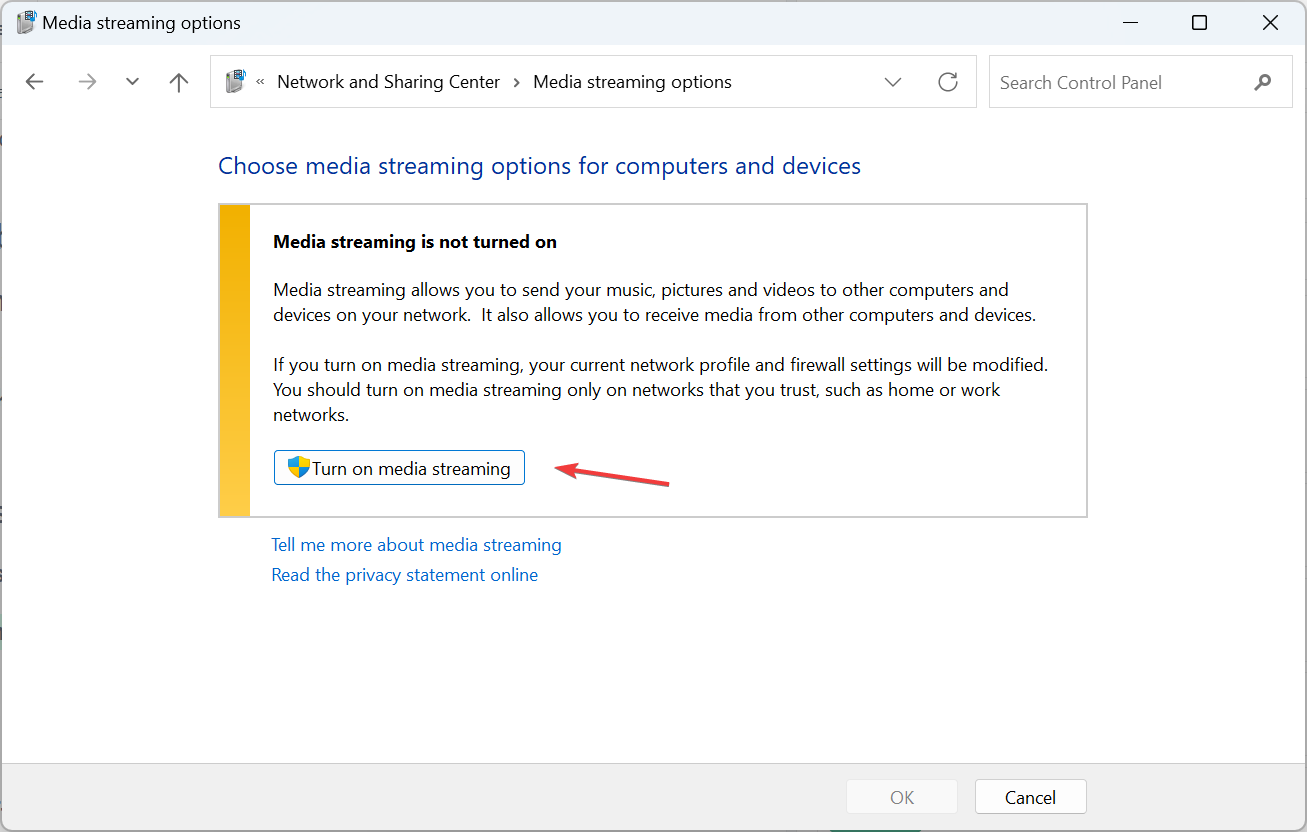

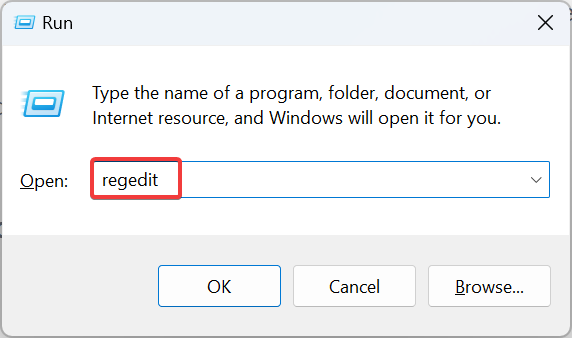

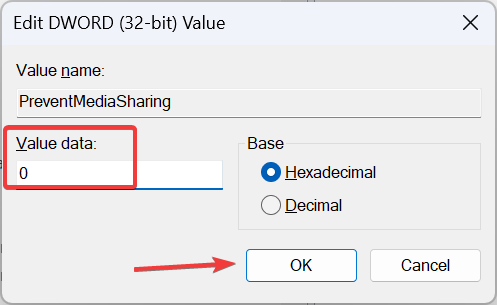


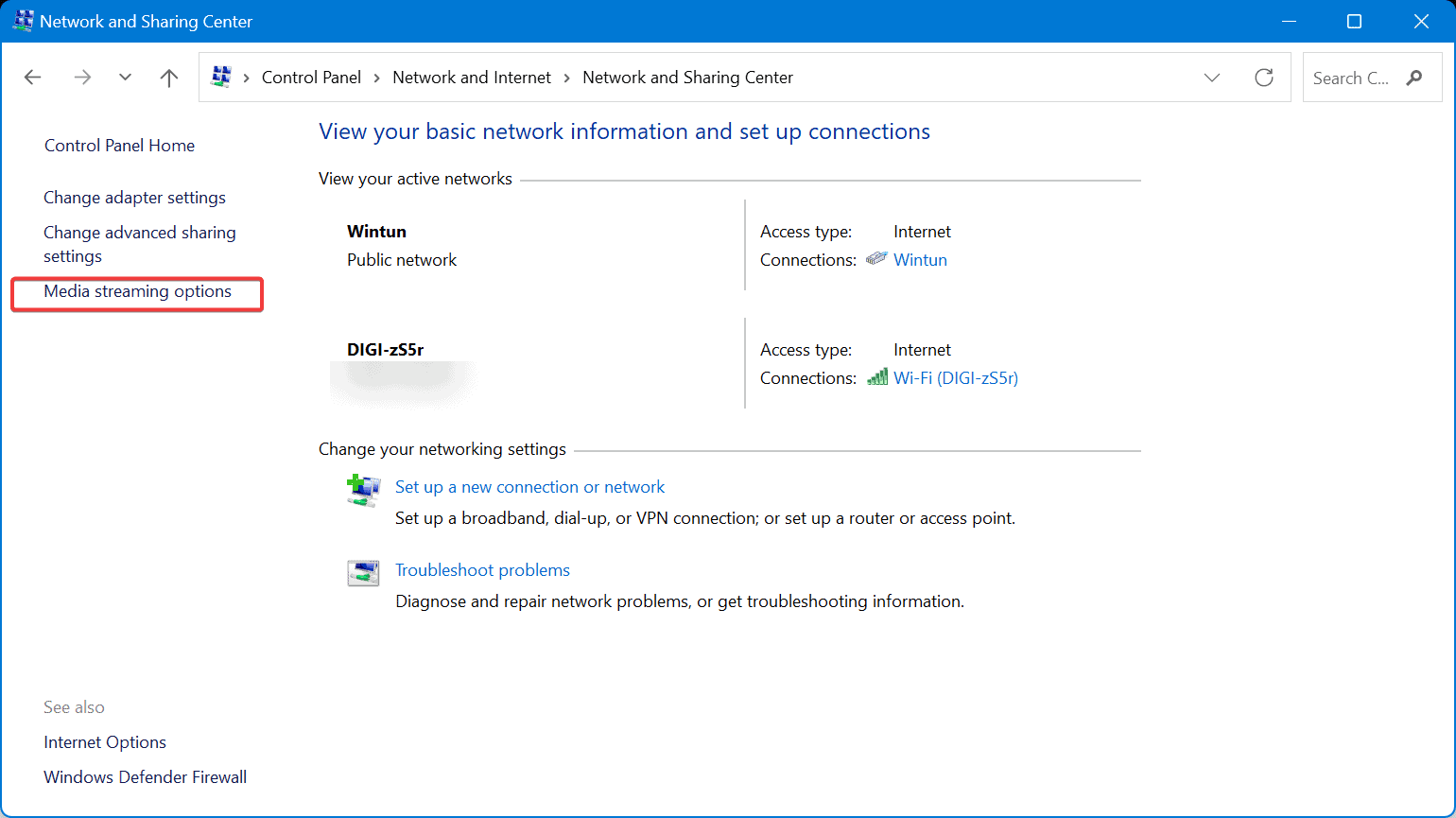
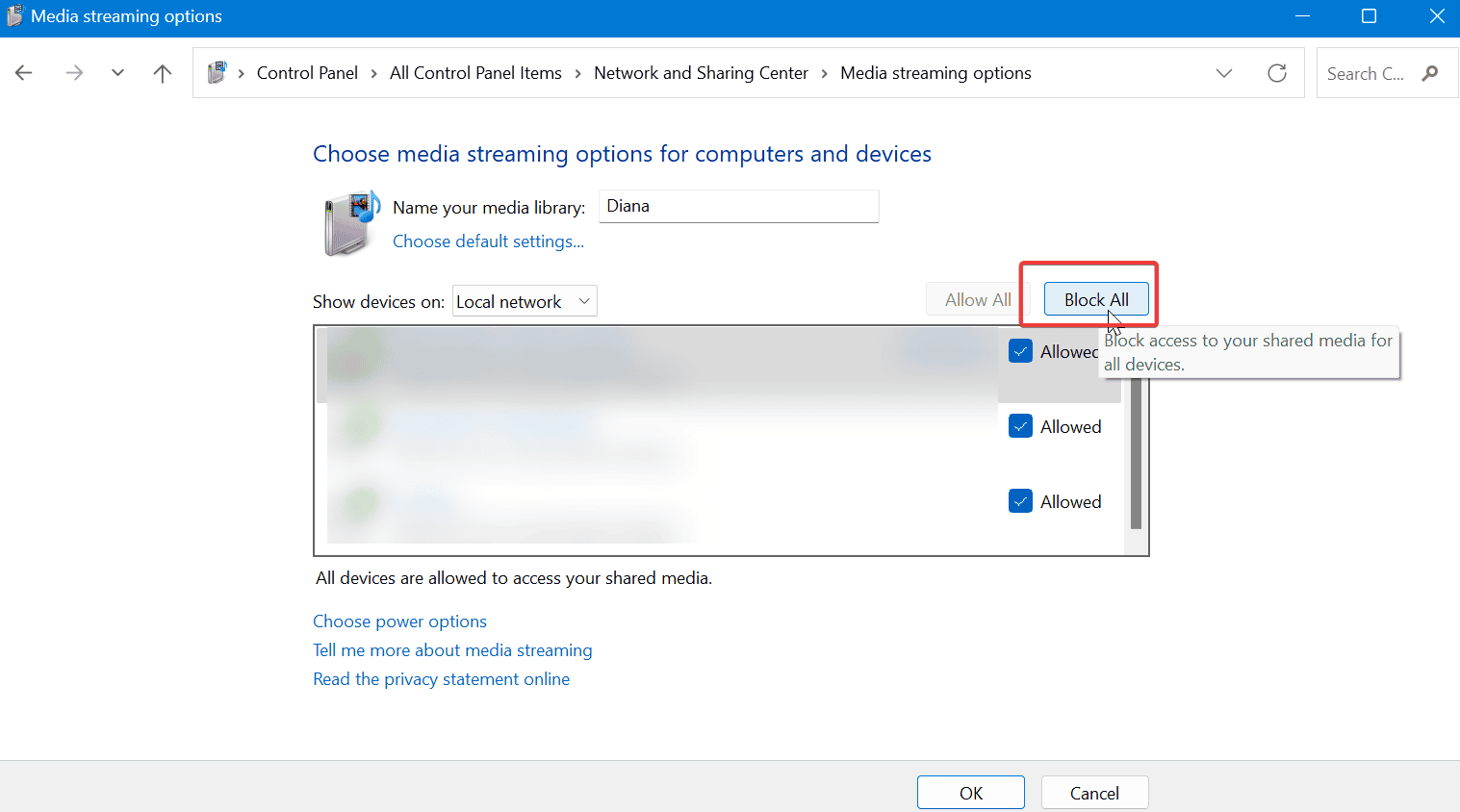
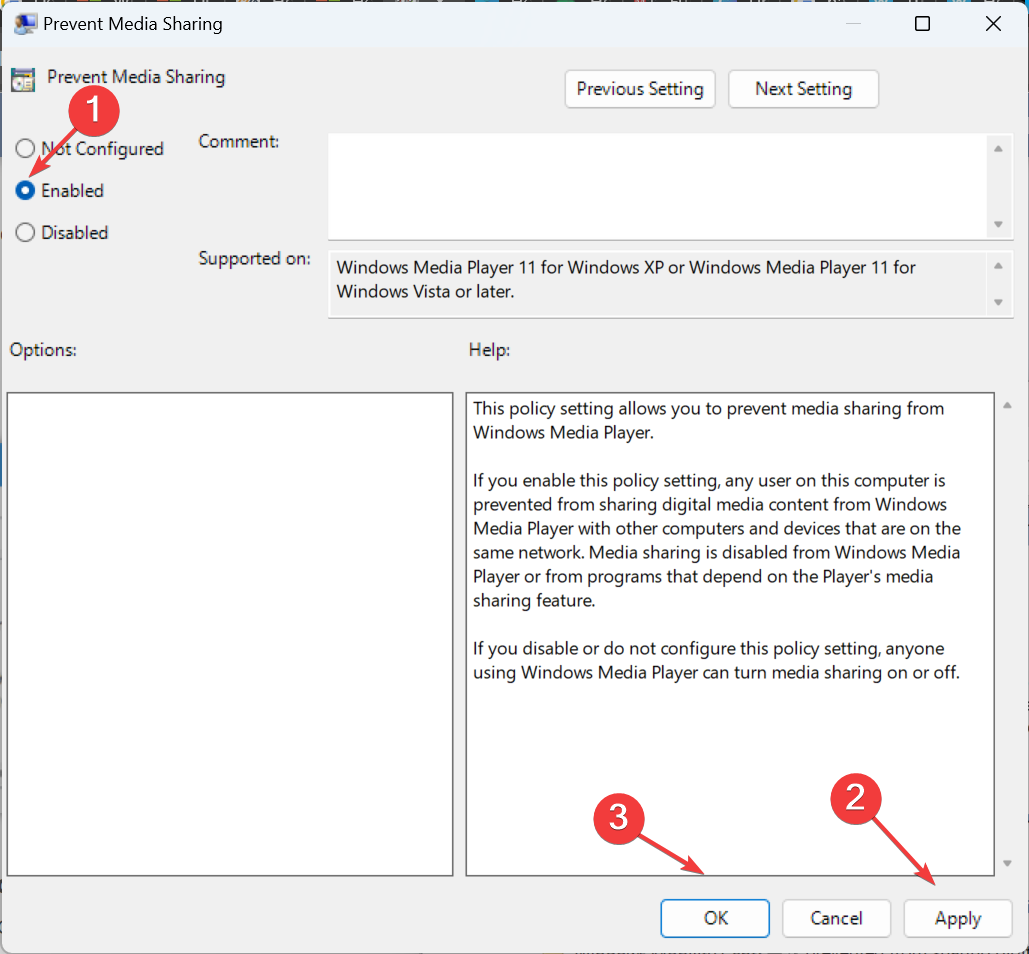








User forum
0 messages